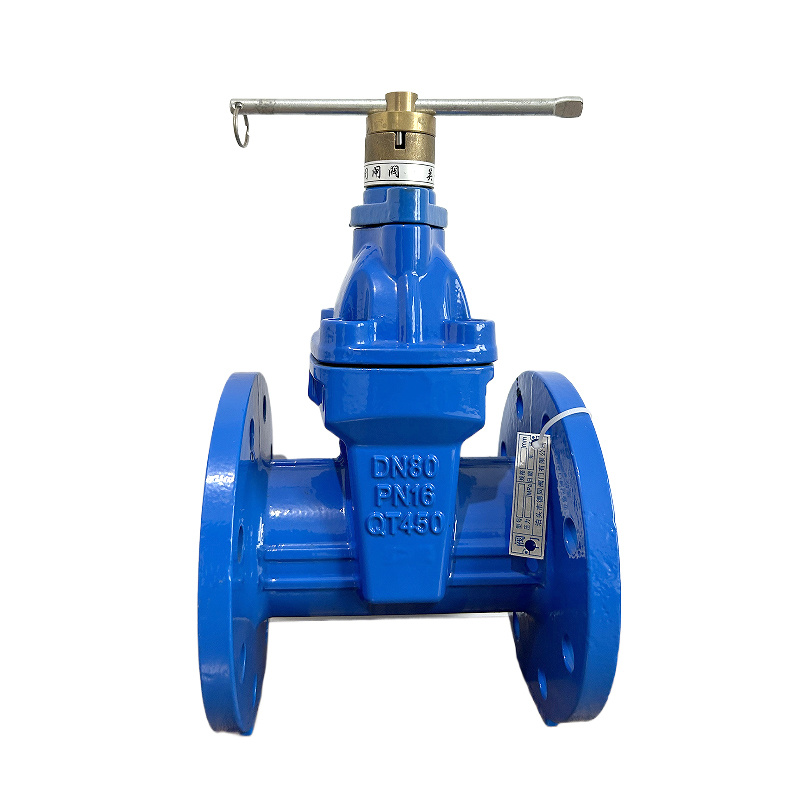The reason why soft sealed gate valves do not leak but cannot apply pressure
Release Time:
Jul 31,2025
The reason why soft sealed gate valves do not leak but cannot apply pressure

Confirm the testing method and system status:
Check if the pressure gauge is working properly (another gauge can be used for comparison).
Confirm that the pressure pump is working properly and the output flow is sufficient.
Critical: Confirm if the downstream valve is fully open? Is there a serious blockage downstream? Close all unnecessary bypass valves, exhaust valves, and drain valves in the system.
If possible, try measuring pressure at other locations in the system to determine if it is a valve or system issue.
Check valve operation:
Slowly open and close the valve several times, and feel whether the resistance of the rotating handwheel is even? Are there any abnormal sticking points?
Attempt to increase the valve opening beyond the normal fully open position (if allowed by the structure) and see if the pressure rises? If it rises, it indicates that it may not have been fully opened before.
When the valve is in the fully open position, try gently rotating the handwheel in the opposite direction (closing direction) and tightening it slowly (fully open position) to see if possible internal jamming can be eliminated or if the valve plate can be raised a little further.
Listening/Touch:
When the valve is opened and the system is pressurized (even if the pressure is low), listen closely to the valve to see if there is a "hissing" sound of medium flow or abnormal throttling noise inside? If there is no sound at all or the sound is very low, it indicates that the flow channel is severely blocked.
Touch the inlet and outlet pipelines of the valve to see if there is a significant temperature difference (if the medium has a temperature), blockage may cause downstream low temperature.
Traffic check (if possible):
If the system allows, attempt to measure the actual flow through the valve. If the flow is much lower than expected, it is basically determined that the valve is internally blocked or not fully opened.
Final resort - disassembly inspection:
Drain the system pressure and release the medium to ensure safety.
Disassemble the valve (usually requires removing the valve cover). This is the most direct and effective method.
Key inspection:
Is the valve plate in the correct position? Is it detached or severely tilted?
Is the connection between the valve plate and the valve stem intact? (T-shaped head, pin shaft)
What is the status of the valve stem thread and valve stem nut? Is the valve stem bent?
Are there any foreign objects (welding slag, stones, tools, seal ring fragments, etc.) at the valve seat, bottom of the valve chamber, or inside the flow channel?
Is the soft seal valve seat ring damaged, torn, or detached?
Is there severe wear, deformation, or jamming on the valve plate guide groove/rail?
Is there severe scaling or sedimentation inside the valve body?





